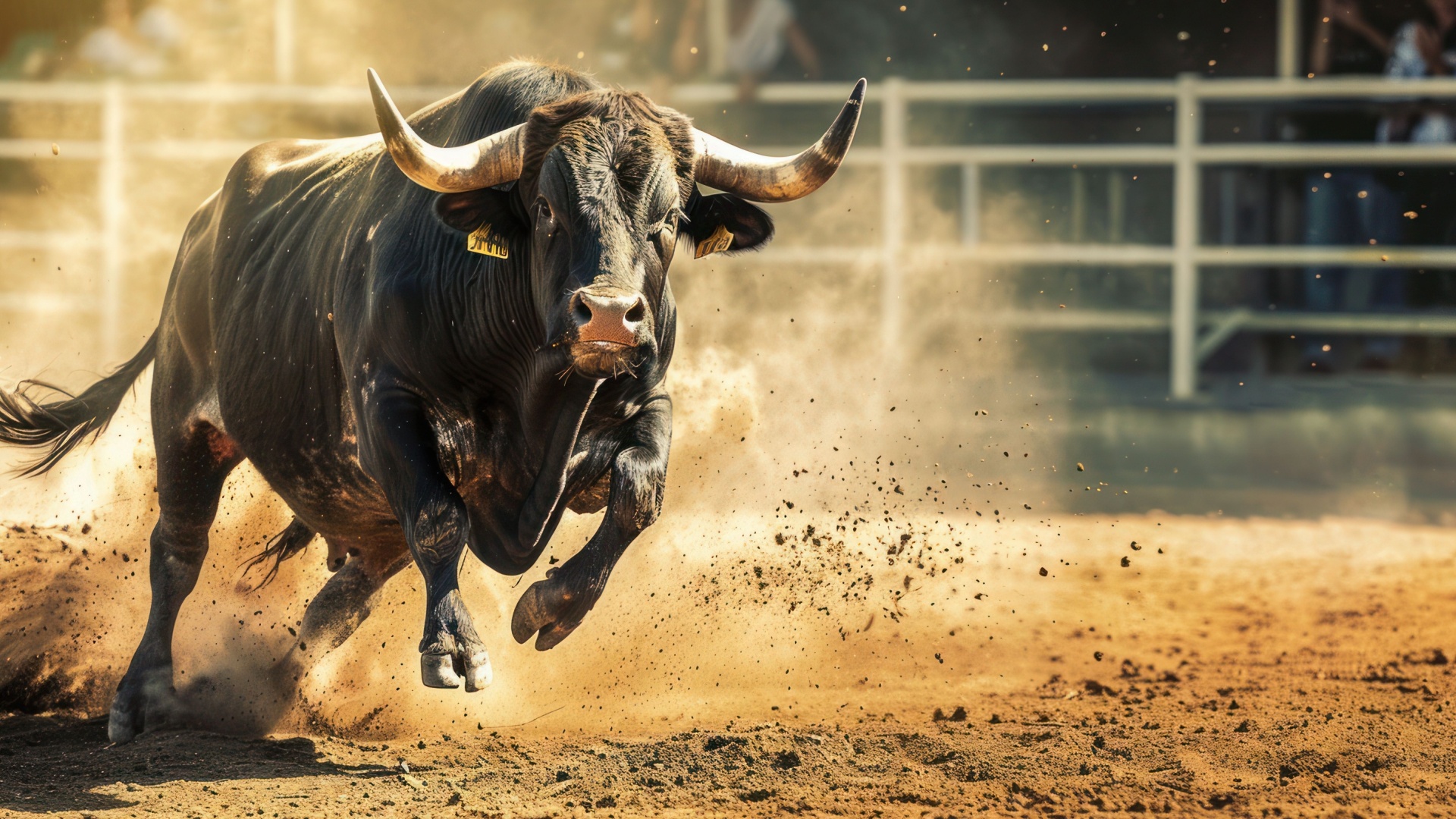We’ve all heard the wild stories about animals – some of them are downright ridiculous! From misconceptions about dangerous creatures to bizarre beliefs about their behavior, myths about wild animals are all around us.
But how much of it is actually true? Prepare to have your mind blown as we debunk some of the most absurd myths about wildlife that you’ve probably heard time and time again. You might just discover that the truth is stranger than fiction!
Ready to separate fact from fiction? Let’s set the record straight and dive into some of the most hilarious and completely false myths about wild animals.
1. Lions Are The Kings Of The Jungle
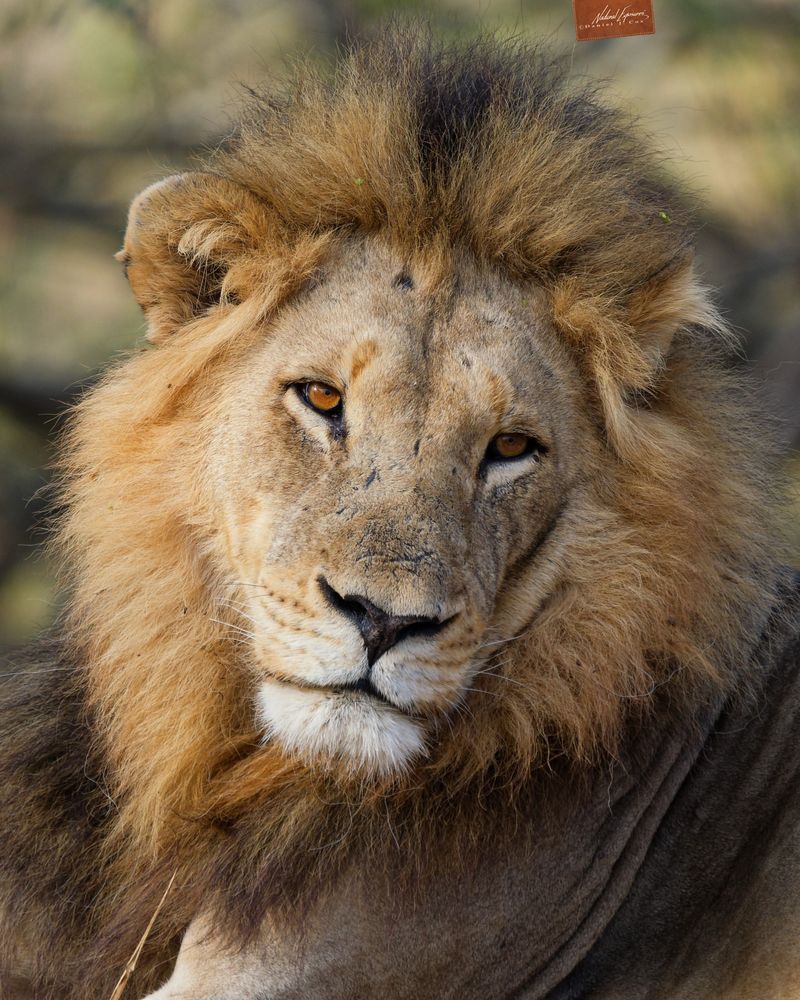
Contrary to popular belief, lions do not actually inhabit jungles. These majestic creatures are found primarily in the savannas and grasslands of Africa. The term “king of the jungle” is a misnomer that likely originated from their regal presence and dominance in their natural habitat.
The idea of lions ruling the jungle undermines the complex social structures and ecosystems they are part of in the savanna. Lions live in prides and their social dynamics are intricate and fascinating. Female lions do most of the hunting, while males protect the pride’s territory.
By understanding where lions truly live and their social behaviors, we can appreciate their role in the ecosystem more accurately. This myth not only misguides animal lovers but also detracts from the real threats lions face, such as habitat loss and poaching. When discussing lions, it’s important to focus on conservation efforts and habitat protection.
2. Owls Are Wise
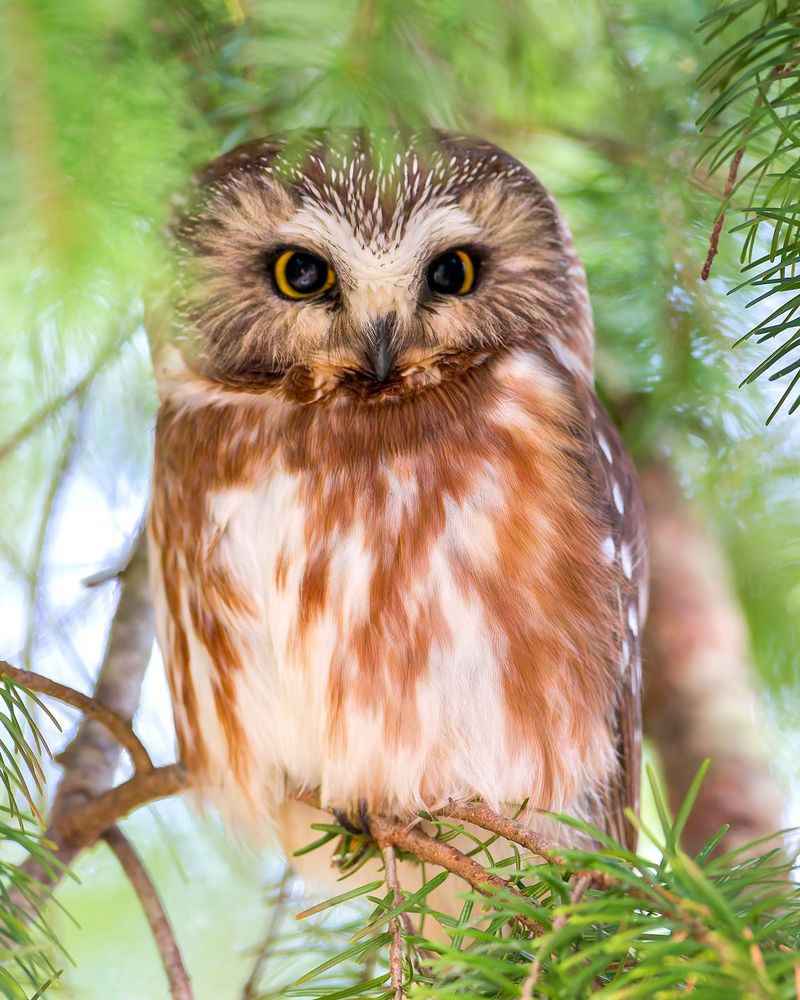
Owls have long been associated with wisdom, often depicted as sage mentors in folklore. However, this perception may have more to do with their appearance and mannerisms than actual intelligence.
The large eyes and stern expressions of owls give them an air of knowledge, but they aren’t necessarily wiser than other birds. In reality, owls have simple brains compared to other bird species. While they are excellent hunters, thanks to their keen senses and silent flight, these are adaptations for survival rather than signs of superior intelligence.
The owl’s mystique should be appreciated as part of its natural allure, rather than attributing wisdom that isn’t necessarily there. Understanding these creatures beyond their mythical status allows us to better protect their habitats and ensure their survival.
Next time you hear someone mention the “wise old owl,” you’ll know it’s more about story than science.
3. Elephants Never Forget
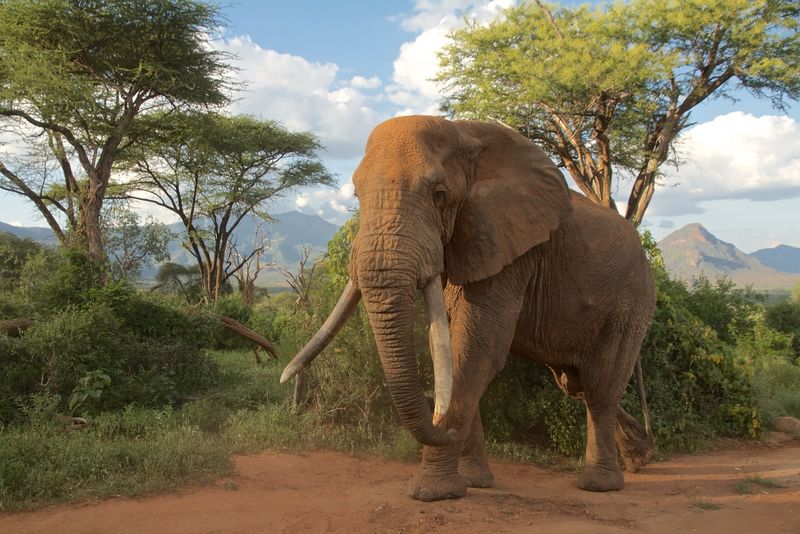
The saying “elephants never forget” is a popular belief suggesting that elephants have an exceptional memory. While elephants do have remarkable memory capabilities, this myth simplifies their cognitive abilities.
Elephants are known for their intelligence and strong social bonds, which play a significant role in their survival. Research shows that elephants can remember locations of water sources, recognize individuals, and even mourn deceased companions. These behaviors reflect their complex social structures and emotional depth rather than merely a good memory. Understanding the cognitive and emotional complexities of elephants allows us to foster empathy and drive conservation efforts.
The myth of their infallible memory should not overshadow their need for habitat preservation and protection from poaching. Appreciating elephants for their true nature helps us contribute to their well-being and survival in the wild.
So, while they have great memories, their intelligence is a tapestry of emotional and cognitive faculties that deserve our respect and attention.
4. Bats Are Blind
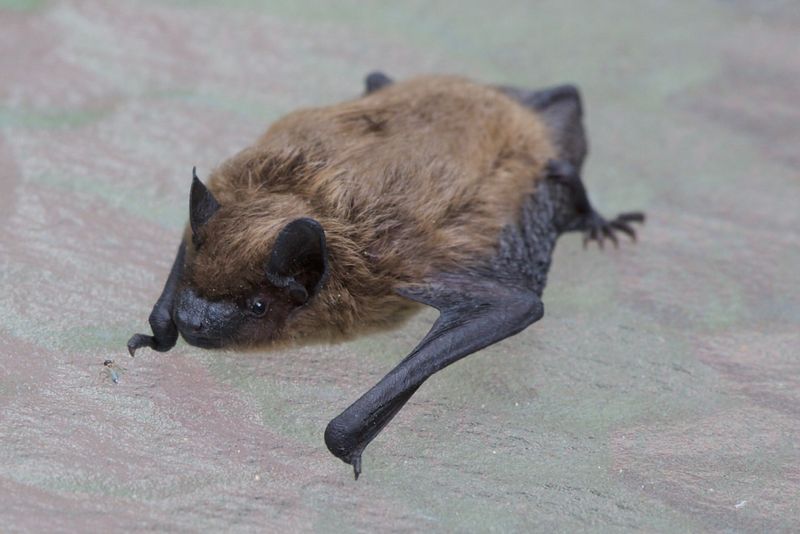
“Blind as a bat” is a phrase that inaccurately describes these fascinating creatures. In fact, bats have perfectly good eyesight, which they use in conjunction with echolocation to navigate and hunt. This myth likely arose due to their nocturnal nature and the use of echolocation.
Echolocation allows bats to emit sounds and listen to the returning echoes to determine the location and size of objects. This ability is particularly useful in the dark, enabling them to catch insects with precision. However, their eyes also play a critical role in their sensory perception.
By debunking the myth of blindness, we gain a better understanding of bats’ unique adaptations. This knowledge helps foster a greater appreciation for their role in controlling insect populations and maintaining ecological balance. Protecting bat habitats ensures these creatures can continue to thrive.
5. Crocodiles Cry Tears
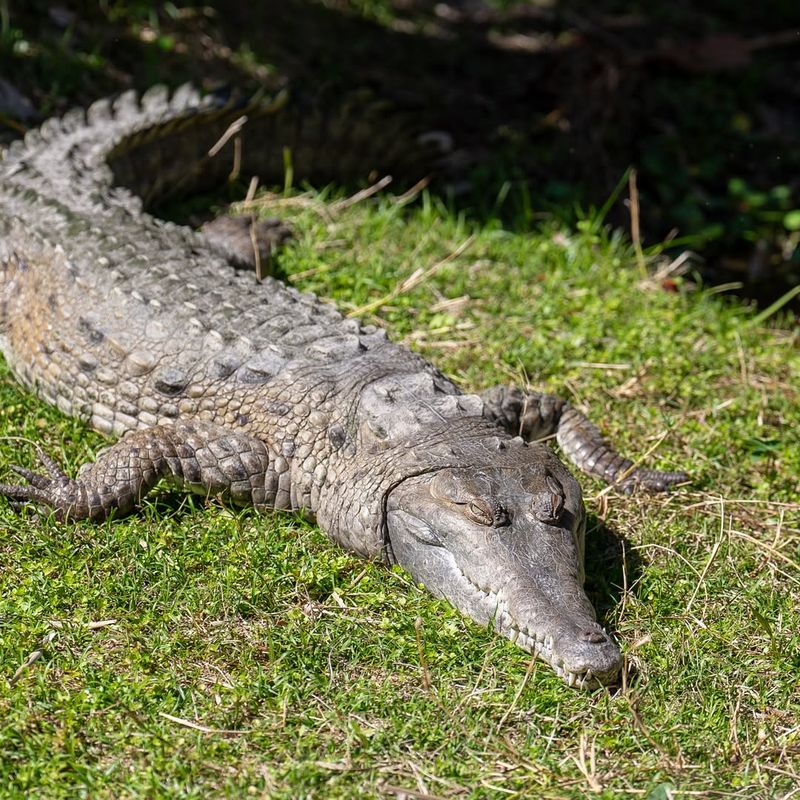
The myth that crocodiles weep while eating their prey is an age-old tale that has painted these reptiles as remorseful creatures. In reality, crocodiles do not cry out of sadness or guilt; instead, any tears are a result of physiological processes.
When crocodiles eat, they swallow a lot of air, which may get trapped in their sinuses and force tears to flow from their eyes. This is purely a mechanical reaction and not an emotional one. It’s a fascinating adaptation rather than a sign of empathy. Anthropomorphizing wildlife can lead to misconceptions about their true nature.
Next time you hear about a crocodile’s tears, remember they’re just part of the complex, intriguing biology of these ancient reptiles, not evidence of a guilty conscience.
6. Porcupines Can Shoot Their Quills
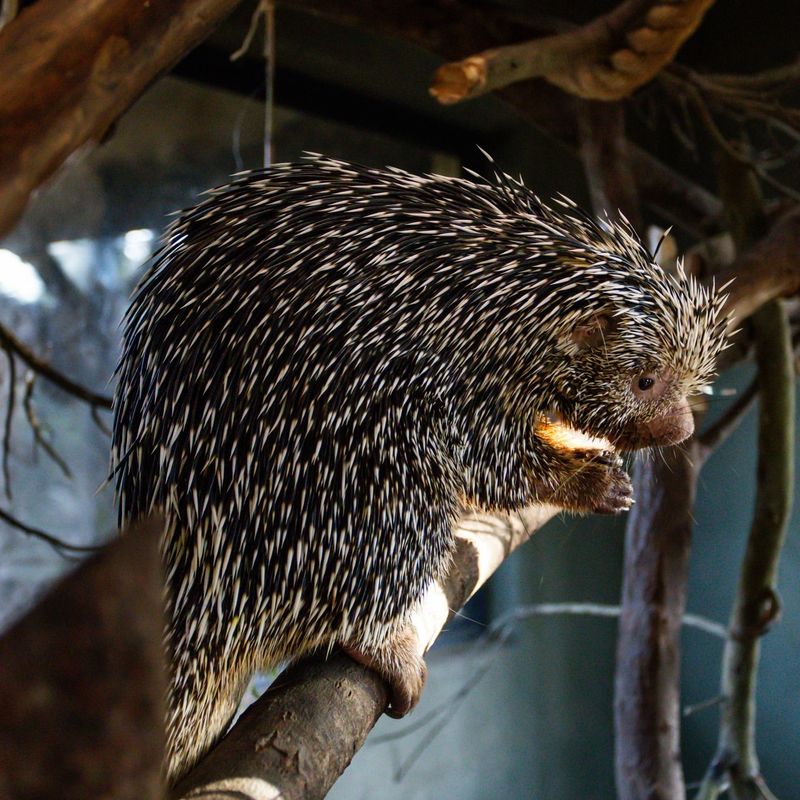
The reality is that porcupines cannot project their quills. These modified hairs are a defense mechanism, but they must make contact with a threat to become embedded. When threatened, porcupines will raise and spread their quills, making themselves appear larger and more intimidating.
If a predator attempts to attack, the quills can detach easily upon contact, but the porcupine does not actively launch them. This myth might stem from the fact that quills can become embedded in predators and remain painful, leading to the misconception of them being “shot.”
Recognizing the reality behind the myth allows us to appreciate porcupines without fear or misunderstanding, and helps to foster coexistence.
7. Goldfish Have A Three-Second Memory
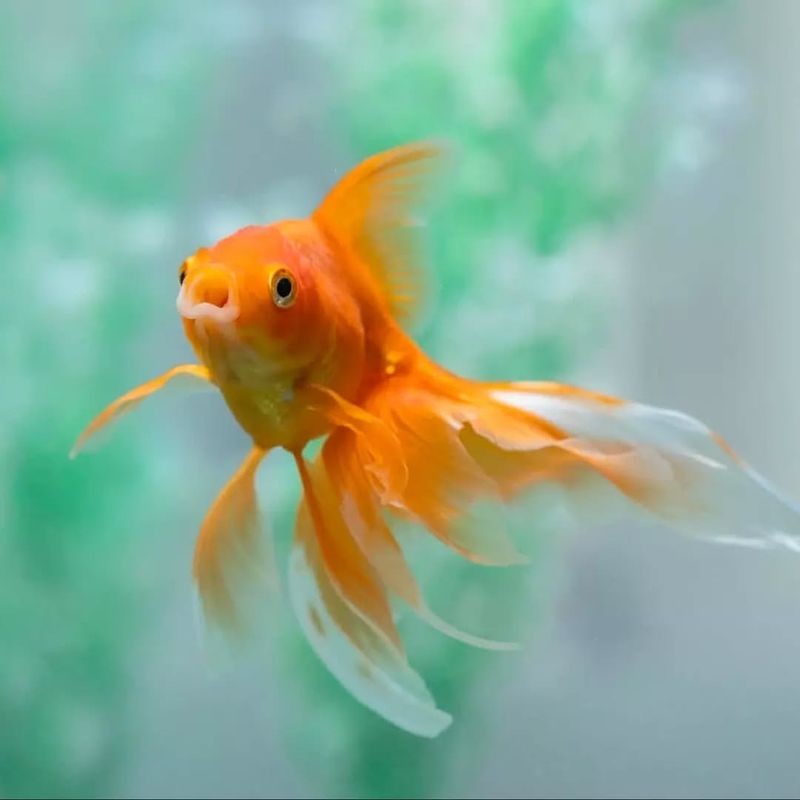
The notion that goldfish have only a three-second memory is a widespread misconception. In truth, goldfish can remember information for months. This myth likely arose from the simplicity of their behavior in small tanks.
Research has demonstrated that goldfish are capable of learning and retaining information about their environment, feeding times, and even recognizing their handlers. They can be trained to navigate mazes and remember various tasks, showcasing their cognitive abilities. By dispelling this myth, we recognize the importance of providing enriching environments for goldfish in captivity.
Proper care and stimulation are crucial for their well-being. Understanding their true capabilities helps us better appreciate these often underestimated creatures.
Next time you watch a goldfish swimming, remember they’re not just navigating aimlessly; they possess a memory that serves them well beyond a few seconds.
8. Toads Cause Warts
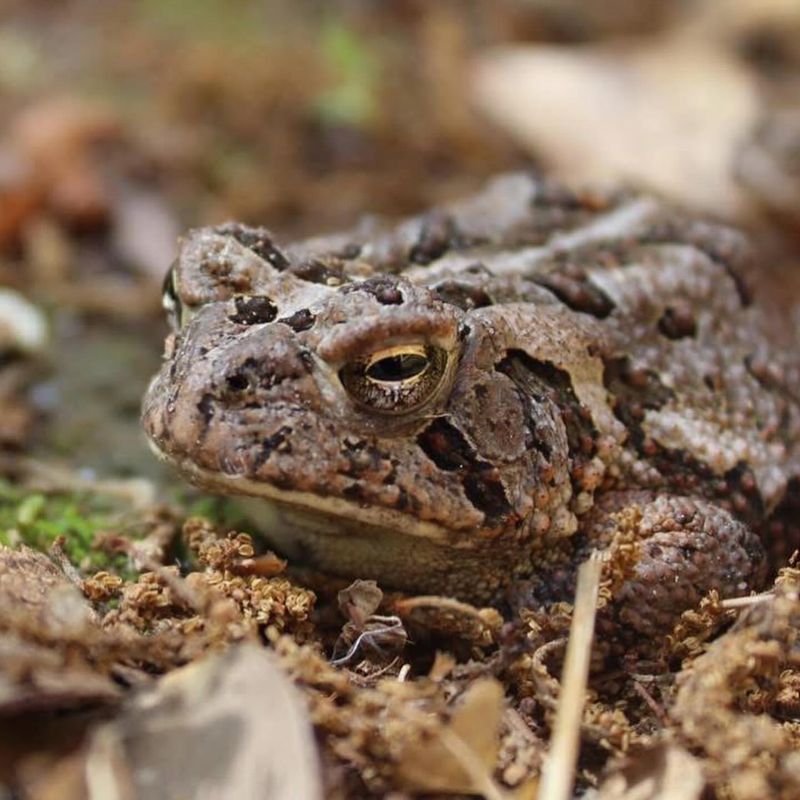
This misconception likely stems from the appearance of a toad’s skin, which is covered in bumps resembling warts. In reality, the bumps on a toad’s skin have nothing to do with human warts, which are caused by a virus.
Toads do secrete a toxin from their skin as a defense mechanism, but this is harmless to humans when handling them properly. By debunking this myth, we foster a better understanding of toads and their role in the ecosystem as insect controllers. Respecting these creatures and their habitats helps maintain ecological balance and dispels unnecessary fears.
The next time you encounter a toad, remember they’re not responsible for causing warts, and handling them with care poses no threat to your skin.
9. Bulls Hate The Color Red
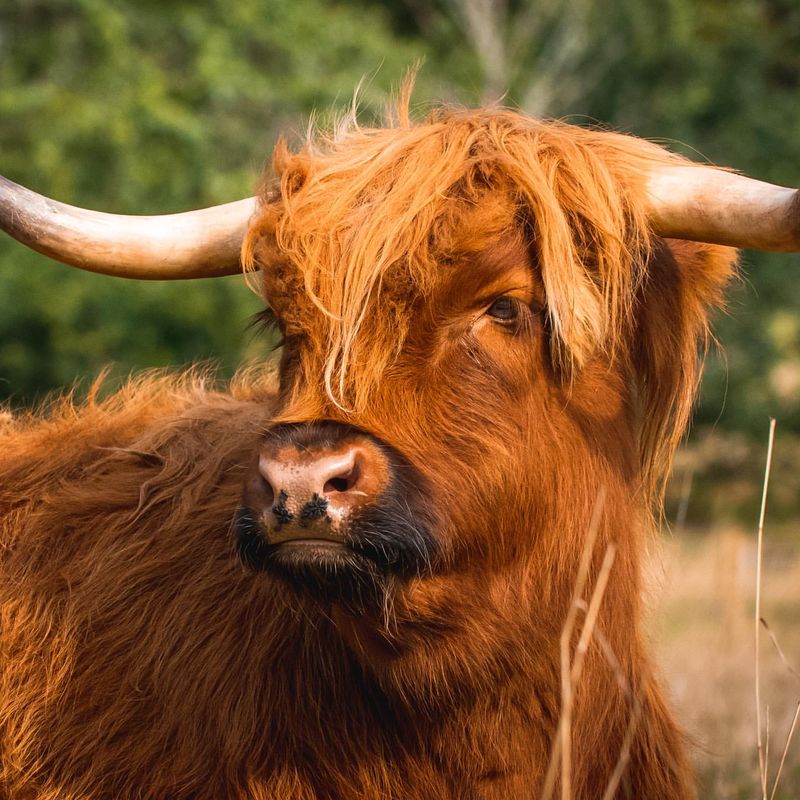
Bullfighting traditions are what led to this myth. In reality, bulls are colorblind to red and perceive colors differently than humans. The movement of the matador’s cape, rather than its color, is what provokes the bull’s reaction.
Bulls are attracted to motion, and the waving of the cape captures their attention, triggering their natural instincts. Understanding this myth highlights the importance of recognizing animal behavior based on motion rather than color. It also brings attention to the ethical considerations of bullfighting and how traditions can perpetuate misunderstandings.
Next time you see a depiction of a bull and a red cape, remember it’s the movement, not the color, that influences the animal’s behavior, and consider the broader implications of such practices.
10. Sharks Can Smell A Drop Of Blood From Miles Away
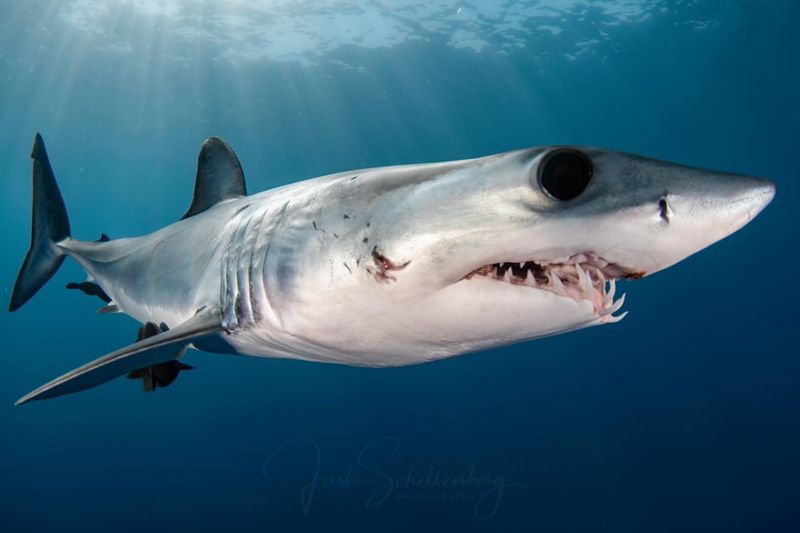
While sharks possess an acute sense of smell, the range at which they can detect blood is not as vast as the myth suggests. Sharks have specialized sensory organs called ampullae of Lorenzini, which allow them to detect electrical signals and chemical changes in the water. This heightened sensitivity helps them locate prey but is limited by environmental factors such as currents and water depth.
Debunking this myth also helps reduce irrational fears and promotes shark conservation efforts. So, while sharks are impressive hunters, their abilities are not supernatural.
Appreciating their real skills highlights the need for their protection and the preservation of ocean habitats.
11. Bears Hibernate All Winter
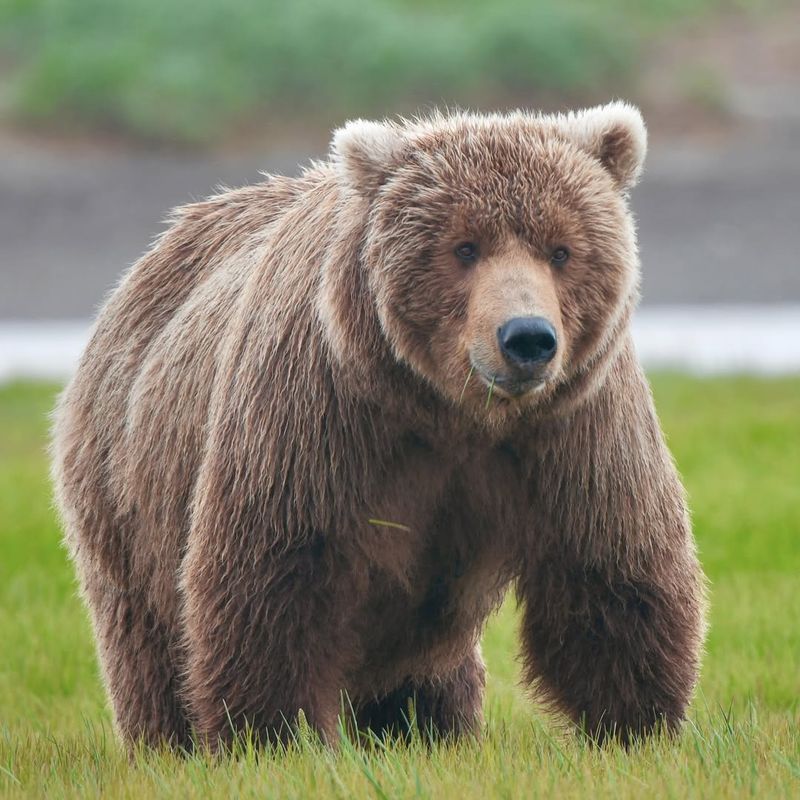
Bears actually undergo a process called torpor, which is different from true hibernation. During torpor, bears experience a significant drop in heart rate and body temperature, but they remain partially alert and can wake up if disturbed or during warmer winter spells.
This adaptation allows them to conserve energy while still being responsive to their environment. Recognizing the difference between torpor and true hibernation provides insight into the survival strategies of bears in various climates.
Understanding these nuances helps us appreciate their adaptability and the importance of protecting their natural habitats. Just remember, their winter state is more nuanced, allowing them to cope with the challenges of their environment while conserving energy.
12. Camels Store Water In Their Humps

The truth is, a camel’s hump is filled with fatty tissue, not water. This fat serves as a source of energy during long journeys in arid environments.
Camels have remarkable adaptations that allow them to survive in desert conditions, such as the ability to go without water for extended periods. They can drink large amounts of water at once and have specialized kidneys that conserve water. Dispelling this myth allows us to appreciate camels for their real abilities and the evolutionary adaptations that make them the “ships of the desert.”
Their humps are energy reserves, and their survival skills are even more fascinating than storing water.
13. Penguins Mate For Life
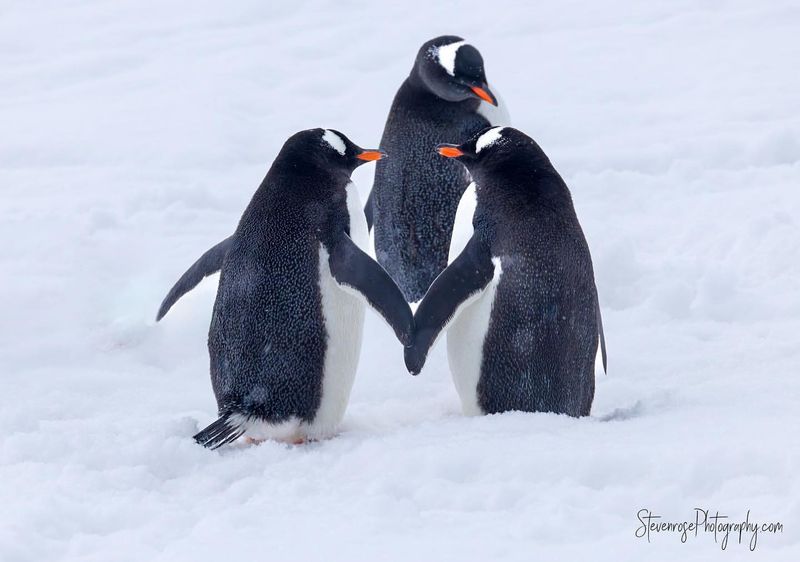
The romantic notion that penguins mate for life is a widespread belief, but it’s not entirely accurate. While some penguin species, like the Emperor and Adélie penguins, form long-term bonds, others may switch partners between breeding seasons.
Penguins are known for their strong pair bonds during the breeding season, working together to raise their chicks. However, environmental factors and changes in colony dynamics can lead to changes in partnerships.
Understanding the variability in penguin relationships provides a more nuanced view of their social behavior. It highlights the importance of adaptability in response to environmental changes and population dynamics.
While some species do form enduring bonds, penguin relationships can be as varied and complex as their icy habitats.
14. Wolves Howl At The Moon
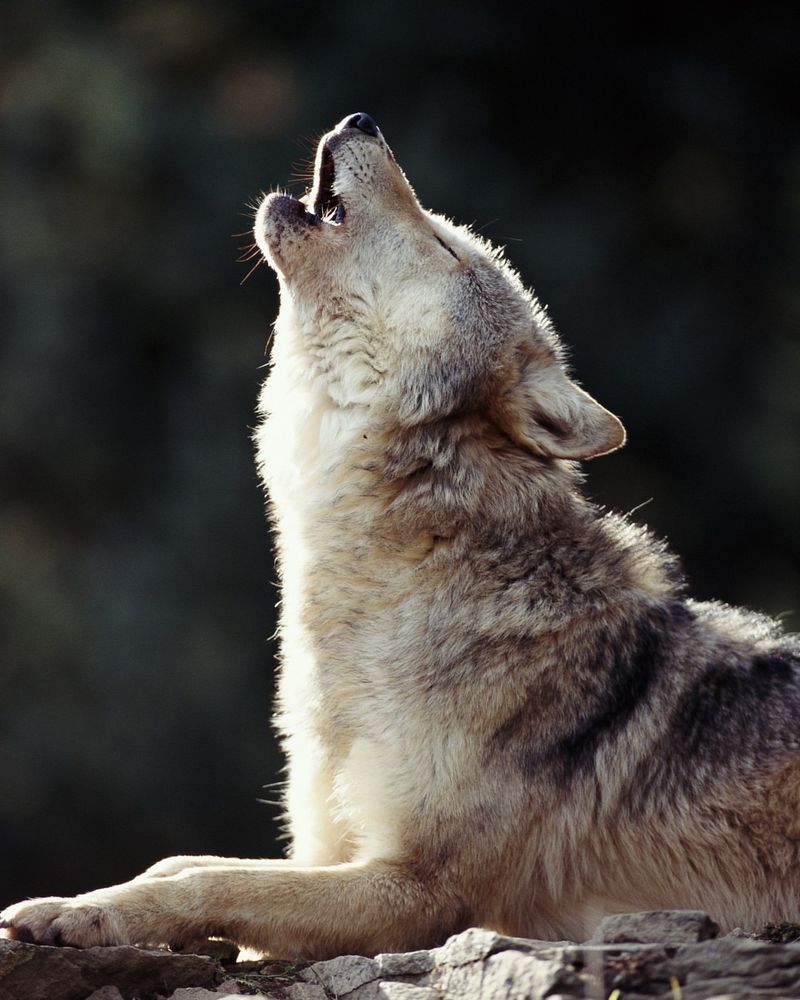
The image of wolves howling at the moon is iconic, yet it’s more rooted in fantasy than reality. Wolves howl for various reasons, none of which involve the moon. Communication is the primary purpose of howling, helping wolves to locate each other, establish territory, and coordinate pack activities.
The dramatic image of wolves howling in the dark has inspired countless myths, but it’s actually a vital social behavior. Wolves use their howls to stay connected with their pack, warn of danger, or even call for help if they’ve gotten separated.
So, while they might seem like the star of a supernatural thriller, their howls are all about survival and social bonding, not moonlit magic.
15. Sloths Are Lazy
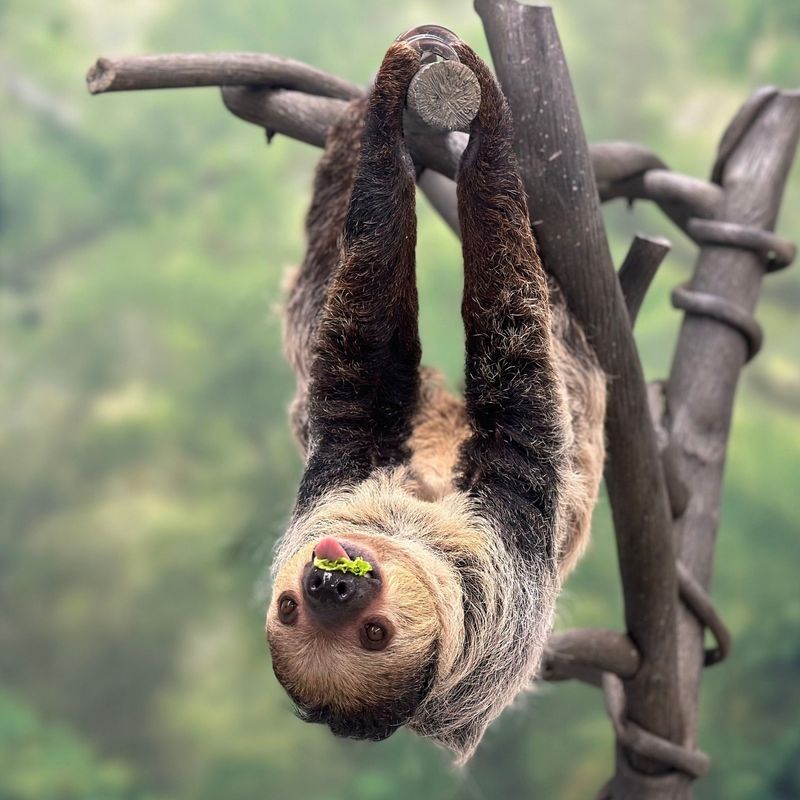
Sloths do move slowly, but not out of laziness, but as a survival strategy to conserve energy in their low-calorie diet of leaves. Their slow movements make them less visible to predators, and their energy-efficient lifestyle suits their arboreal habitat. Sloths spend much of their time suspended from trees, blending into the canopy and digesting their fibrous meals.
Recognizing that sloths are perfectly adapted to their environment challenges the stereotype of laziness and highlights their remarkable evolutionary strategies. These gentle creatures play a vital role in their ecosystem, contributing to nutrient cycling and forest health.
When you think of sloths as lazy, just know they’re actually masters of energy conservation, perfectly adapted to their slow-paced life high up in the trees.
16. Hyenas Are Cowardly Scavengers
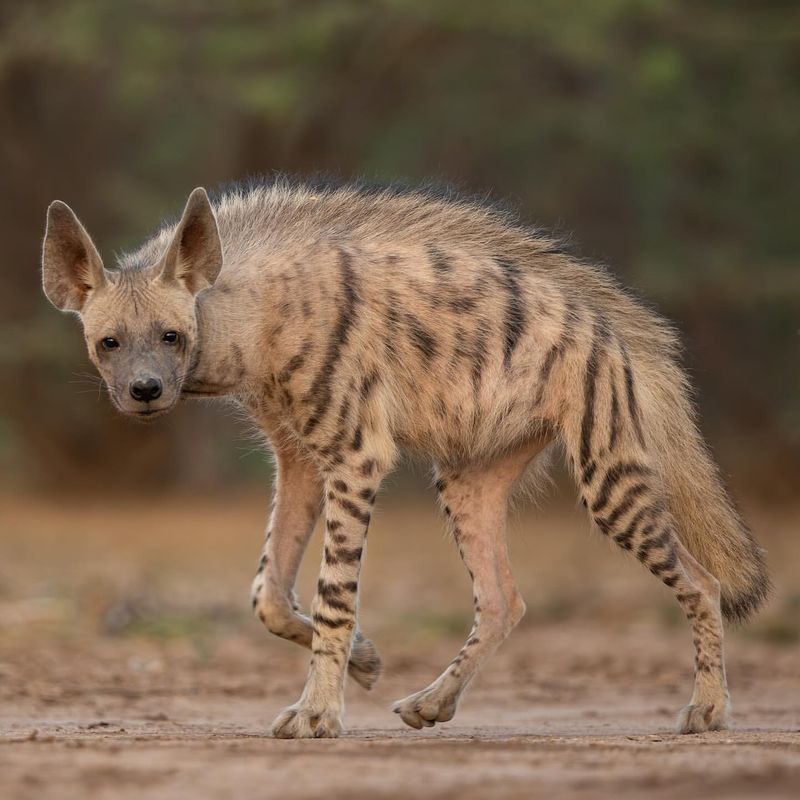
Hyenas have long been portrayed as cowardly scavengers, a reputation that belies their true nature as skilled hunters and complex social animals. While hyenas do scavenge, they are also capable predators, often hunting in coordinated packs.
The social structure of hyena clans is matriarchal, with females leading and maintaining group cohesion. Their vocal communication is sophisticated, and their intelligence ranks among the highest of terrestrial carnivores. Dispelling the myth of cowardice reveals the adaptability and resilience of hyenas in various environments. It encourages a reevaluation of their ecological importance and the challenges they face due to habitat loss and human-wildlife conflict.
Next time you hear about hyenas as mere scavengers, remember they are formidable hunters with a complex social life that deserves recognition.
17. Foxes Are Sneaky Thieves
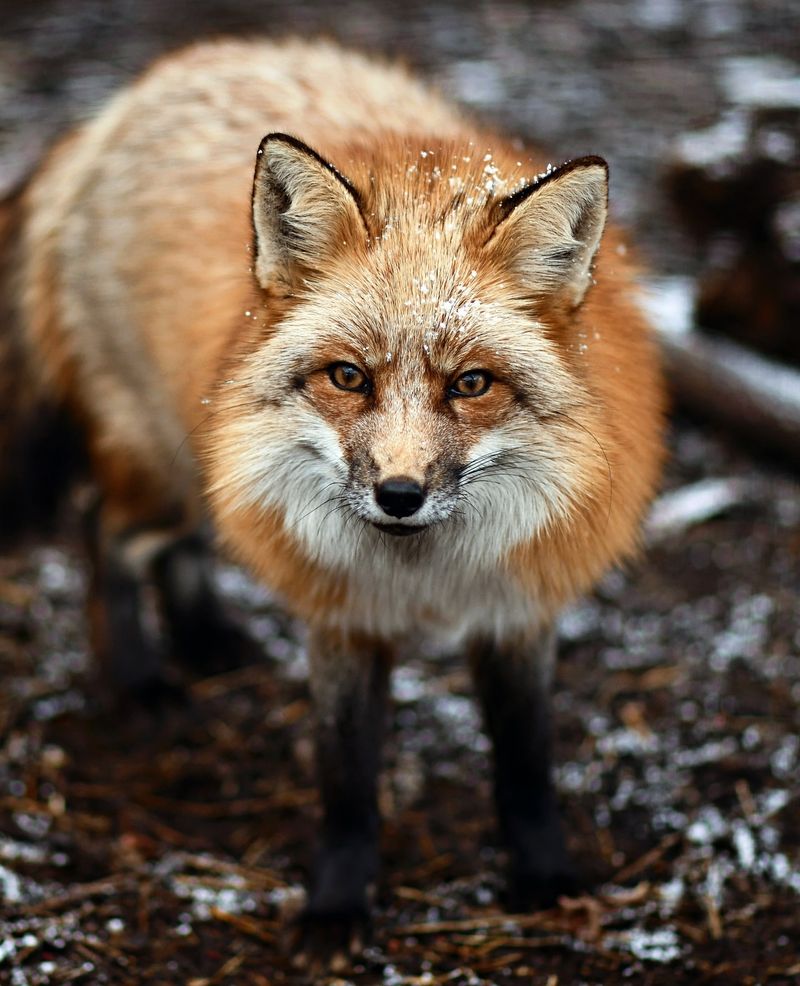
Foxes are often depicted as sneaky and cunning, a stereotype that overlooks their adaptability and intelligence. While they are opportunistic feeders, this trait is essential for survival in diverse environments.
Foxes employ various hunting techniques and exhibit problem-solving skills that highlight their resourcefulness. Their adaptability allows them to thrive in urban and rural settings, where food sources can be unpredictable. Dispelling the myth of foxes as mere thieves provides a deeper understanding of their ecological role and the challenges they face in changing landscapes.
Their cunning nature is a testament to their survival skills, not villainy, and they play a vital role in controlling rodent populations.
18. Dolphins Are Always Friendly
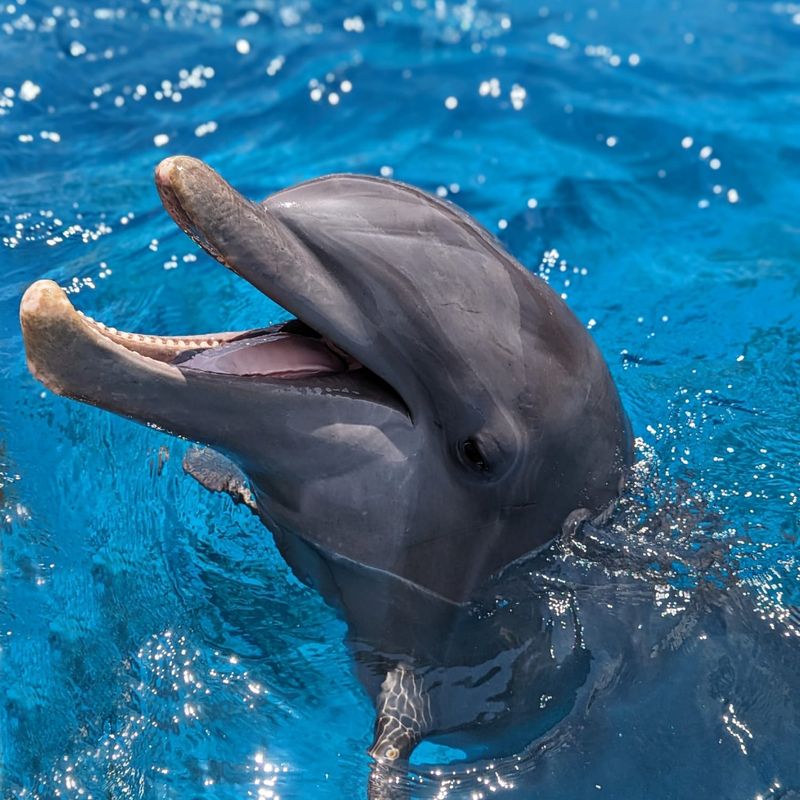
Dolphins are often portrayed as friendly, playful creatures, but this myth overlooks the complexity of their behavior. While dolphins are social and can be curious about humans, they are wild animals with diverse personalities and social structures. Dolphins use complex communication, exhibit altruism, and form intricate social bonds.
However, they can also display aggression, particularly in territorial disputes or when threatened. Appreciating dolphins for who they truly are involves recognizing their intelligence and the need for conservation efforts to protect their habitats. Dispel the myth of perpetual friendliness and acknowledge their complex, fascinating world.
Remember, their friendly appearance is just one aspect of their rich, multifaceted nature.
19. Owls Are Nocturnal
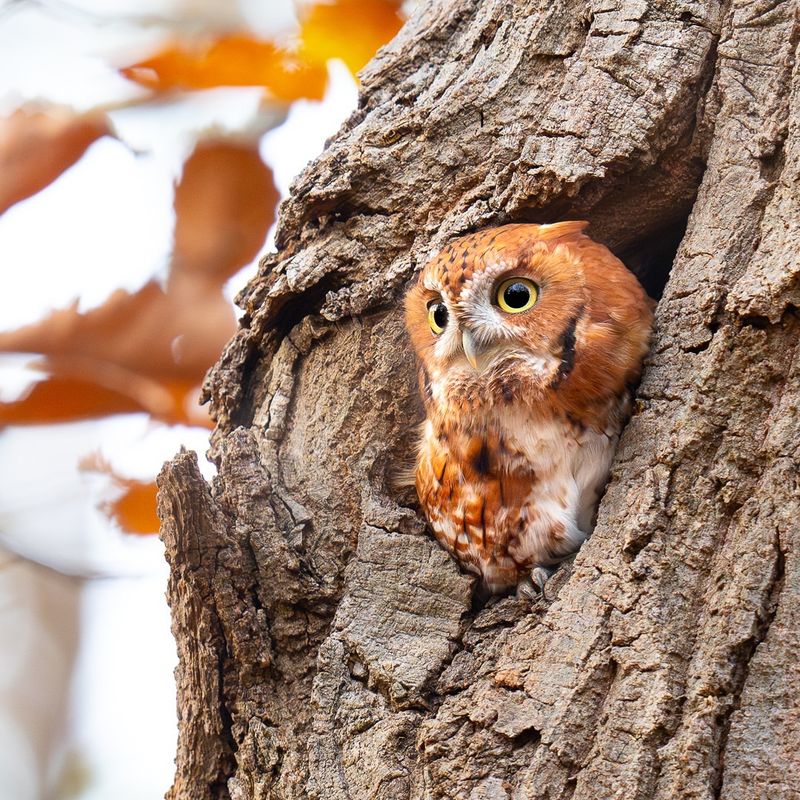
While many owl species are nocturnal, this myth doesn’t apply universally. Some owls, like the burrowing owl, are diurnal or active during the day. The variety in owl behavior highlights their adaptability to different habitats and ecological niches.
Owls have evolved to fill various roles in ecosystems, and their activity patterns reflect their hunting strategies and environmental conditions. Understanding the diversity in owl behavior encourages appreciation for their ecological roles and the need for habitat conservation.
From dawn to dusk, owls adapt to their environment in unique ways, making them even more fascinating than we give them credit for.
20. Cats Have Nine Lives
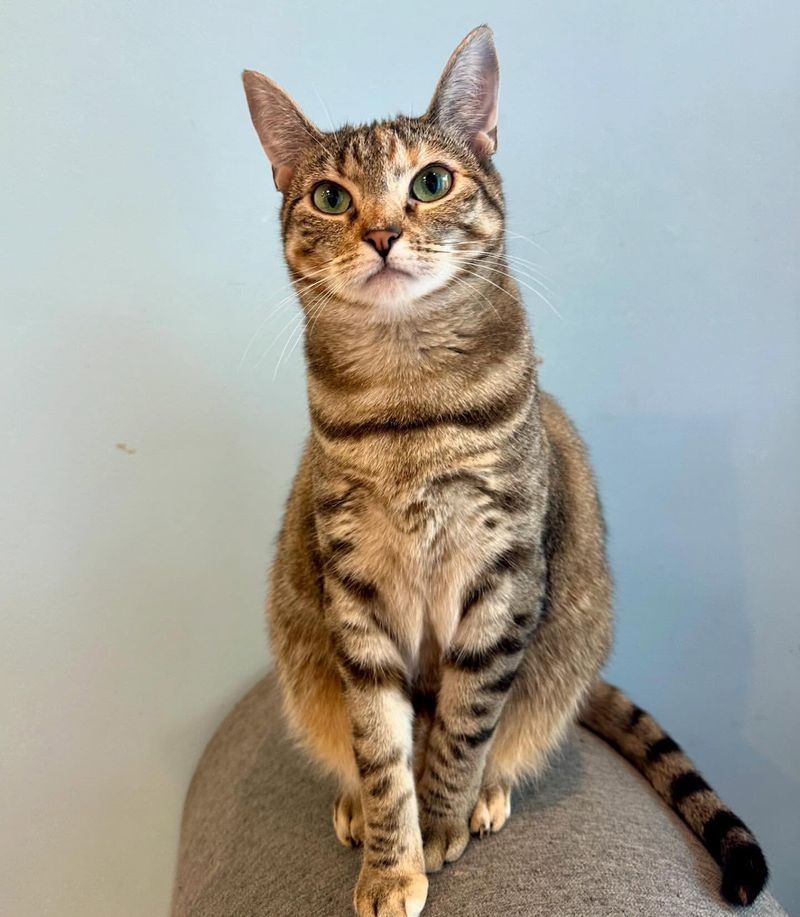
I bet you’d love it if your cat had nine lives, right? Imagine all the mischief they could get into and still have plenty of chances to snuggle up again!
The truth is, cats have evolved to survive in various environments, thanks to their keen senses and reflexes. Cats can often escape precarious situations due to their flexible bodies and excellent balance. These abilities have contributed to the belief in their multiple lives.
That doesn’t mean cats aren’t vulnerable to many dangers. This myth actually highlights how we admire their agility and resilience, but it’s important to remember that these qualities don’t make them invincible. Responsible pet ownership means keeping them safe, healthy, and loved, so they can continue to impress us with their unique abilities.
Cats may not have nine lives, but with the right care, they certainly make the most of the one they have!
21. Rats Are Dirty Animals
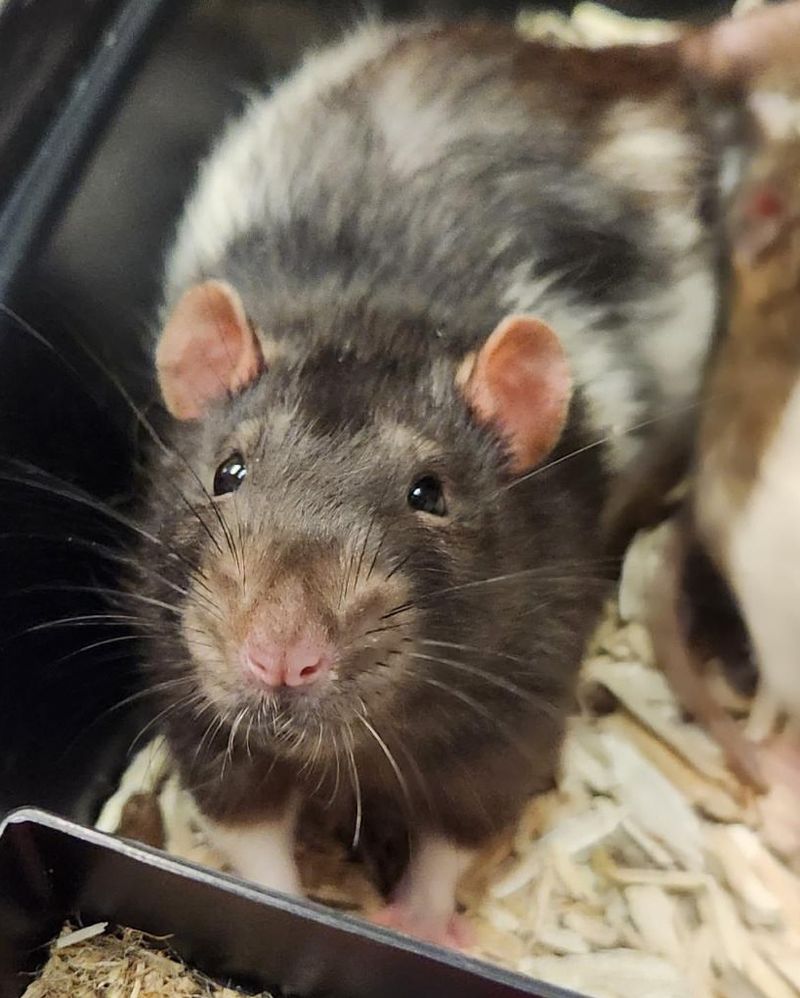
Rats are often unfairly labeled as dirty animals, a stereotype that overlooks their cleanliness and intelligence. In reality, rats are meticulous groomers and maintain clean living spaces. Their reputation stems from their association with urban environments and their role in spreading disease historically.
However, when kept as pets or observed in the wild, rats display hygienic behaviors and social intelligence. Recognizing their intelligence and cleanliness promotes coexistence and humane treatment.
Next time you encounter a rat, remember they’re not inherently dirty, but intelligent creatures capable of clean, organized living.
22. Alligators Are Slow And Clumsy
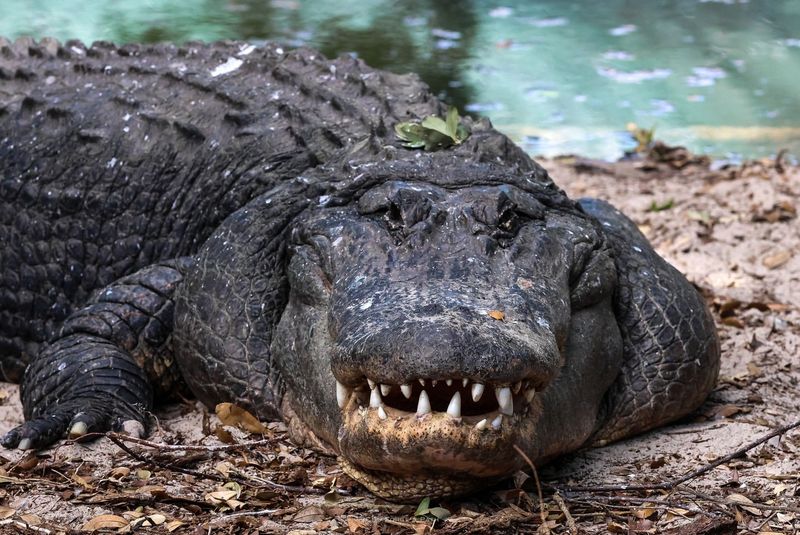
The belief that alligators are slow and clumsy is a misconception that underestimates their speed and agility. Alligators are capable of rapid bursts of movement, both on land and in water. Their powerful tails and muscular bodies allow them to move swiftly when hunting or evading threats.
This myth likely comes from their usually relaxed behavior, which helps conserve energy. Alligators are actually fast and adaptable, with hunting strategies that reflect their survival skills. It’s important to respect these powerful creatures and their natural habitats.
Even when they seem lazy, they’re capable of impressive speed and agility when needed.
23. Peacocks Are Female
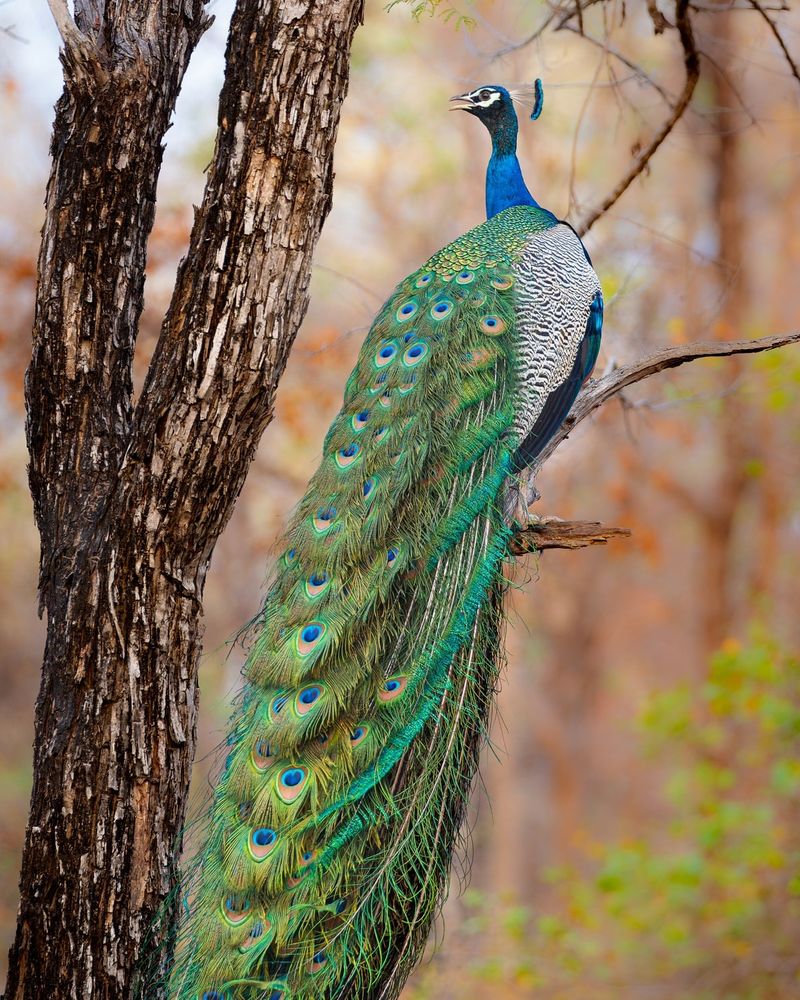
The colorful bird known as the peacock is often mistakenly believed to be female. In fact, the term “peacock” refers specifically to the male bird, renowned for its extravagant plumage. Females are called peahens and have more subdued coloration, which helps them blend into their surroundings while nesting.
The display of a peacock’s feathers is a courtship behavior aimed at attracting a mate. The differences between peacocks and peahens shed light on their mating rituals and the role of selection in bird species. It also challenges the misconception of gender based on appearance.
When you admire a peacock’s display, remember it’s the male showcasing his feathers, while the female watches.
24. Rabbits Love Carrots
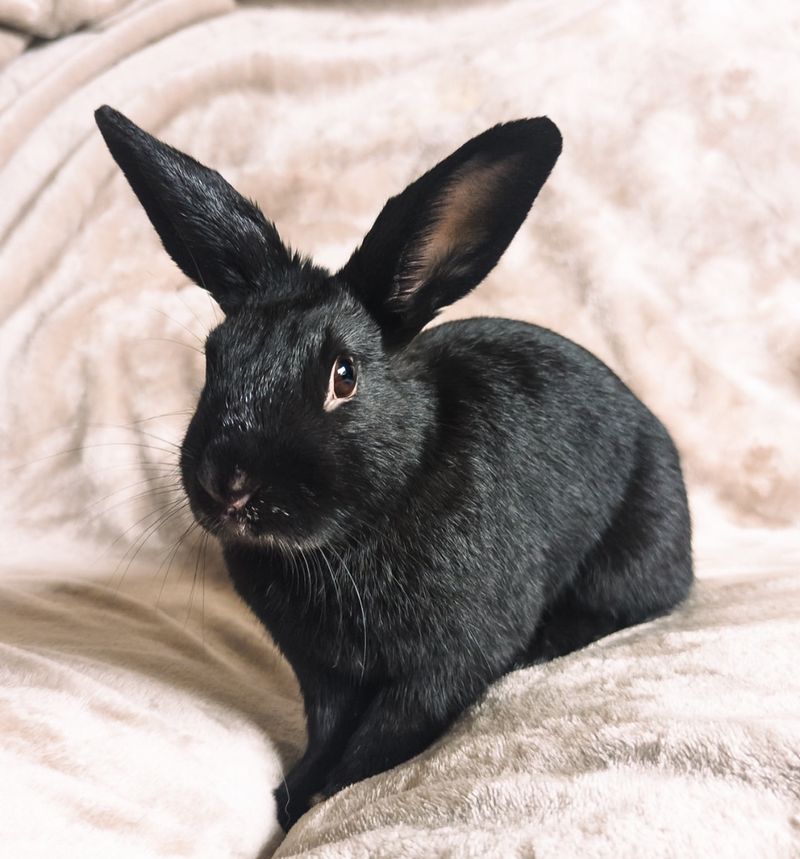
The image of rabbits munching on carrots is a popular stereotype, thanks in large part to cartoon portrayals. In truth, rabbits prefer a diet of leafy greens and hay, with carrots as an occasional treat.
Carrots are high in sugar and should not be a staple in a rabbit’s diet. Providing a balanced diet rich in fiber is essential for their digestive health and overall well-being.
It is important to educate ourselves on how to care for both domestic and wild rabbits properly. When feeding a rabbit, keep in mind that their diet should be varied and healthy, with carrots enjoyed only occasionally.
25. Snakes Are Slimy
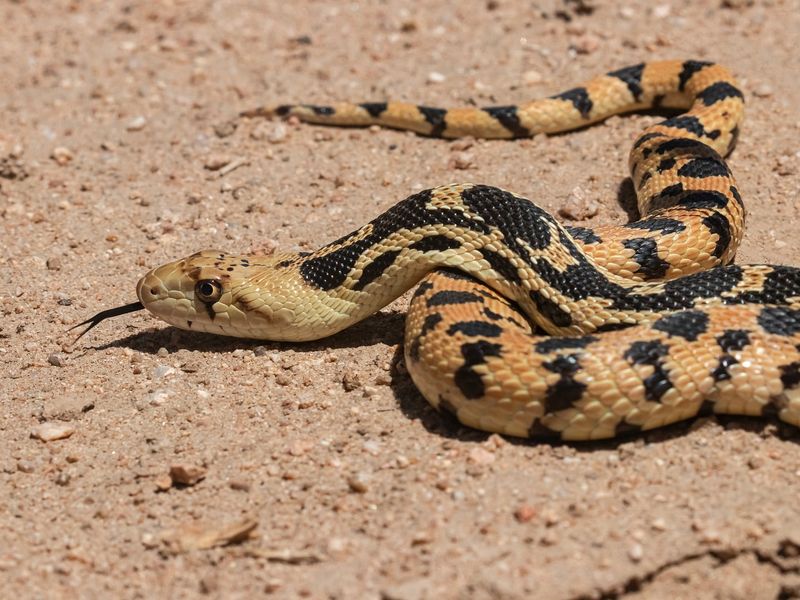
The belief that snakes are slimy is a common misconception likely stemming from their appearance and movement. In reality, snakes have dry, smooth scales that aid in locomotion and protection. Their scales are composed of keratin, the same protein found in human fingernails, giving them a glossy sheen.
This sleek appearance and the way they move might give the impression of sliminess, but touching a snake reveals their dry texture. Dispelling the myth of sliminess encourages a greater appreciation for snakes and their adaptations. Understanding their true nature promotes coexistence and respect for these often misunderstood reptiles.
Next time you see a snake, remember their scales are dry, and their graceful movement is a marvel of nature.
26. Giraffes Are Silent
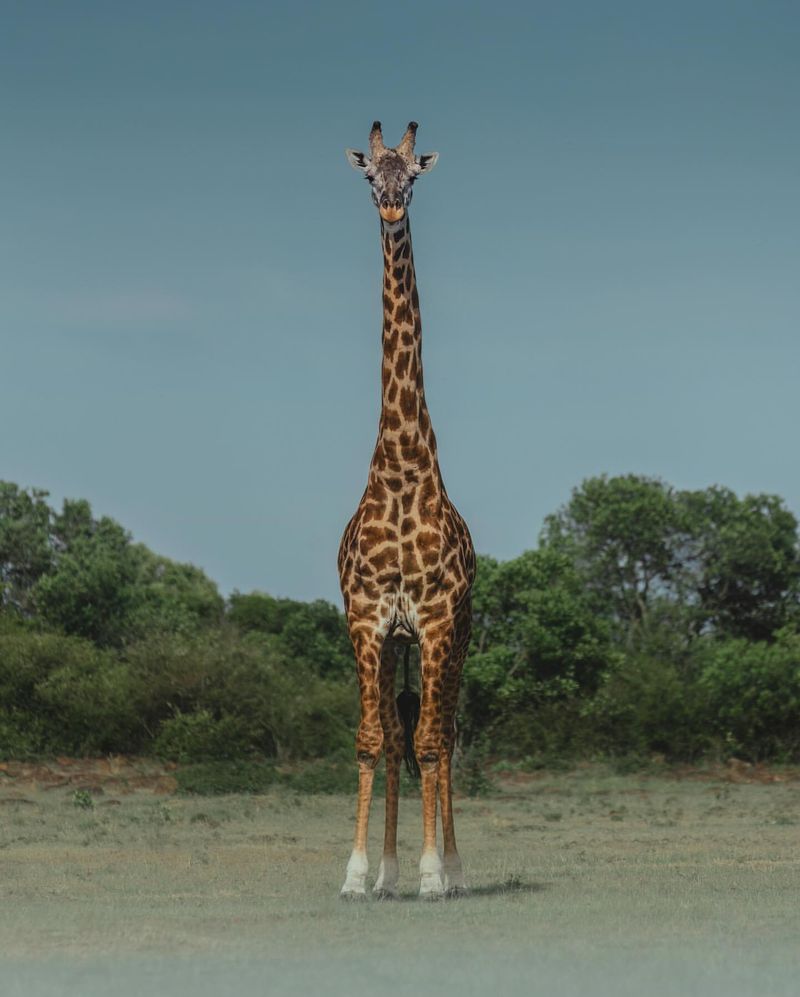
While giraffes are generally quiet, they produce sounds like grunts, snorts, and hums, often inaudible to humans. These vocalizations play a role in communication within groups, especially between mothers and calves. The belief in their silence may arise from their infrequent vocal behavior and the challenges of observing them in the wild.
Exploring the vocal abilities of giraffes offers insight into their social interactions and communication methods. It also emphasizes the need to conserve their habitats, ensuring these majestic creatures continue to thrive.
When you observe a giraffe, keep in mind that they do have a voice, even if it’s not always heard by human ears.
27. Chameleons Change Color To Match Their Surroundings
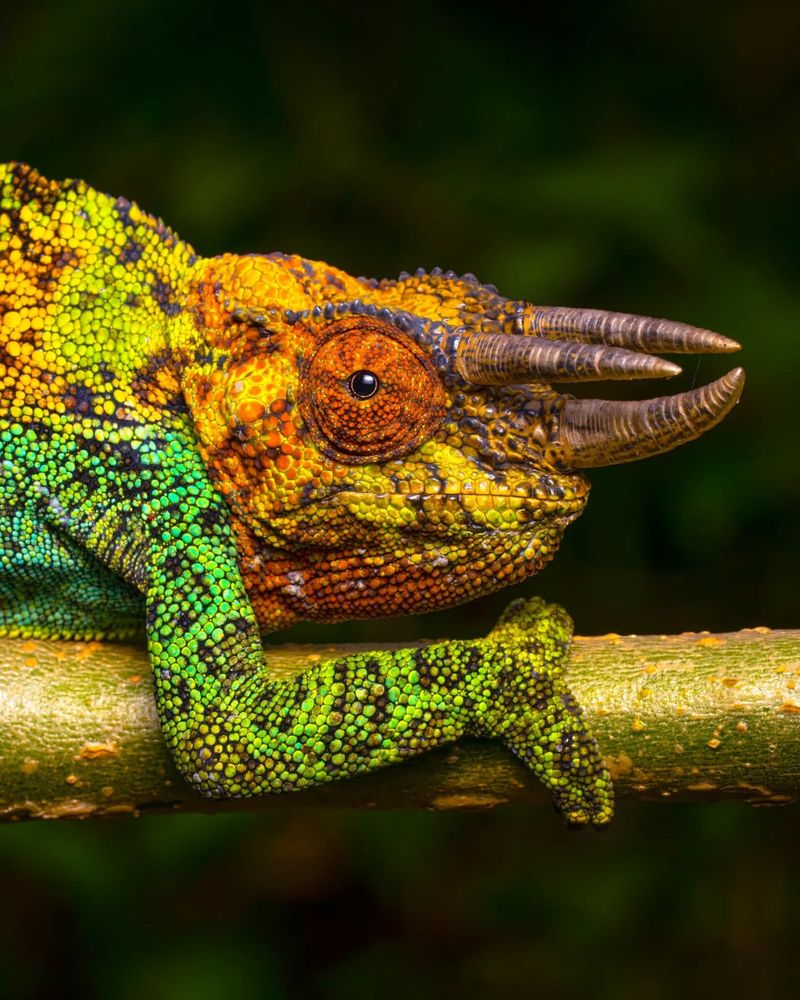
The belief that chameleons change color to blend in with their surroundings is only partially true. While they can alter their color, the primary reasons include communication, temperature regulation, and mood changes.
Chameleons have specialized cells called chromatophores that allow them to shift colors, but this ability is not solely for camouflage. Instead, it serves as a means of expression and adaptation to environmental conditions.
Learning the true reasons behind color changes deepens our appreciation for chameleons and their fascinating behaviors. Protecting their habitats is key to preserving their unique way of life.
When you spot a chameleon, keep in mind that its color changes are more than just camouflage – they’re part of its survival strategy and daily interactions.
28. Hippos Are Friendly
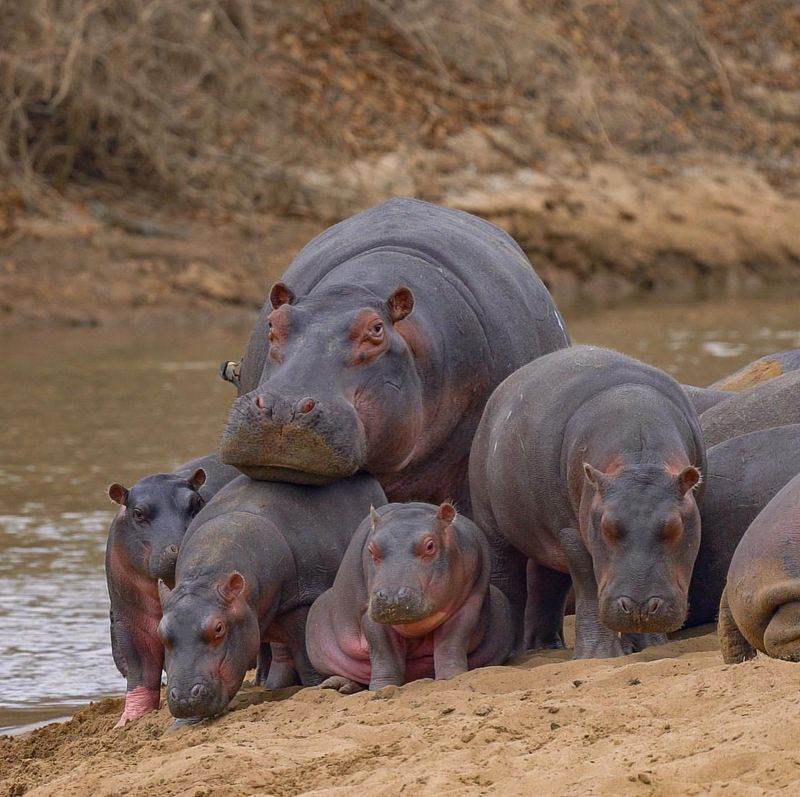
Hippos may appear calm, hippos are among the most aggressive animals in Africa. Their territorial nature and powerful jaws make them formidable opponents. They are known to charge intruders and can be extremely dangerous to humans and other animals.
Recognizing the true nature of hippos challenges the myth of their friendliness and underscores the importance of respecting wildlife. Protecting hippo habitats ensures their safety and reduces human-wildlife conflict.
Next time you see a hippo, remember their appearance belies their aggressive tendencies, and it’s crucial to give them the space they need.
29. Kangaroos Box Like Humans
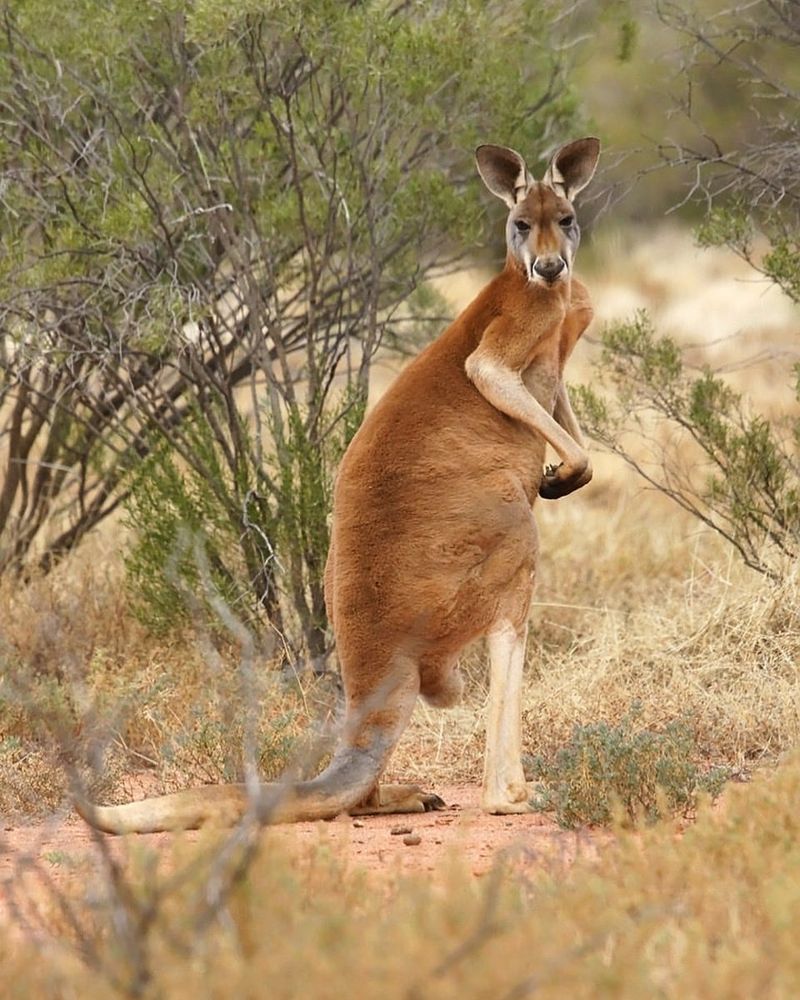
The image of kangaroos boxing is a whimsical representation of their natural behavior. While kangaroos do engage in sparring, it’s part of their social dynamics, not a boxing match.
Male kangaroos spar to establish dominance and attract mates. These encounters involve a combination of kicking and balancing on their tails, showcasing their agility and strength.
Learning more about kangaroo interactions helps us appreciate their social behaviors and adaptability. It also reminds us of the importance of protecting their natural habitats.
When you see a kangaroo “boxing,” know that it’s just part of their natural social behavior, not a competition or fight.
30. Owls Rotate Their Heads 360 Degrees
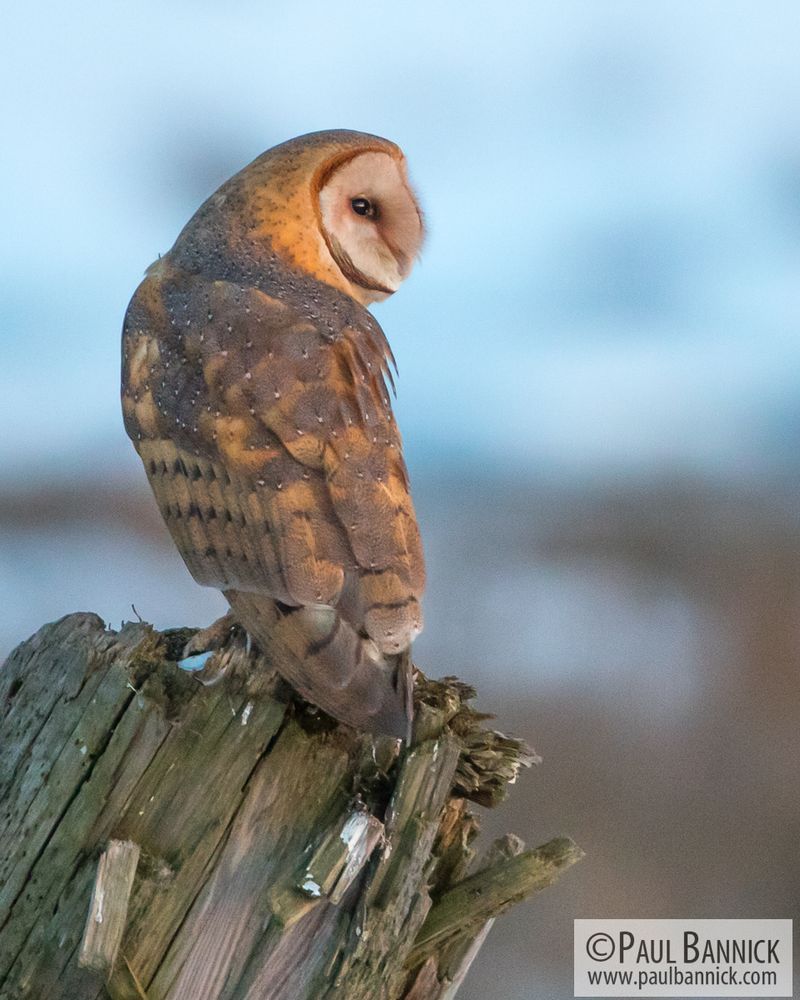
The belief that owls can rotate their heads 360 degrees is an exaggeration of their impressive neck flexibility. In reality, owls can turn their heads about 270 degrees in either direction. This ability is due to their unique skeletal and vascular adaptations, allowing them to track prey and survey their surroundings without moving their bodies.
Understanding the true extent of owl neck rotation highlights their remarkable adaptations and the importance of preserving their natural habitats. Dispel the myth of full rotation and appreciate the real wonders of owl anatomy.
Next time you watch an owl, remember their neck flexibility is extraordinary, even if it doesn’t reach a full circle.
31. Pandas Are Always Passive
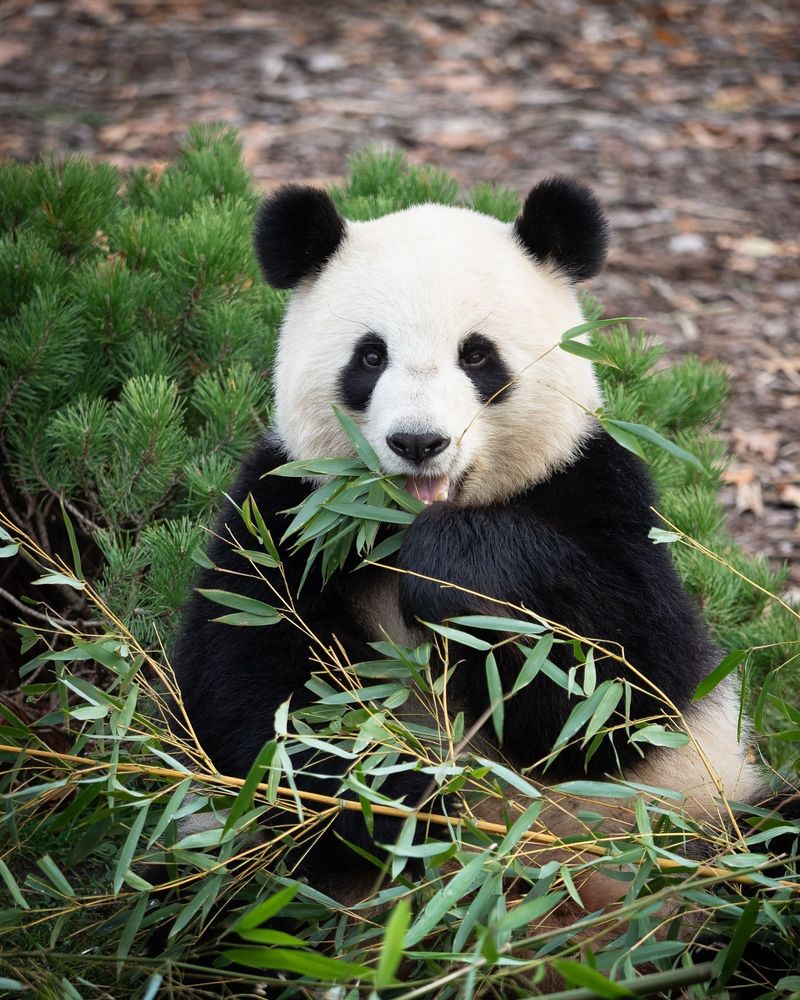
While pandas spend much of their time eating bamboo and resting, they can be playful and active, especially in social or mating contexts. Pandas have been observed engaging in playful behaviors, climbing, and interacting with their environment.
They also have the strength and ability to defend themselves if threatened. Understanding the full range of panda behavior fosters appreciation for their adaptability and the need for conservation efforts to protect their habitats. Dispel the myth of perpetual passivity and explore the vibrant life of pandas.
A panda’s relaxed demeanor is just one aspect of their rich and varied lifestyle, which includes unique behaviors and essential roles in their habitat.
32. Octopuses Are Monsters
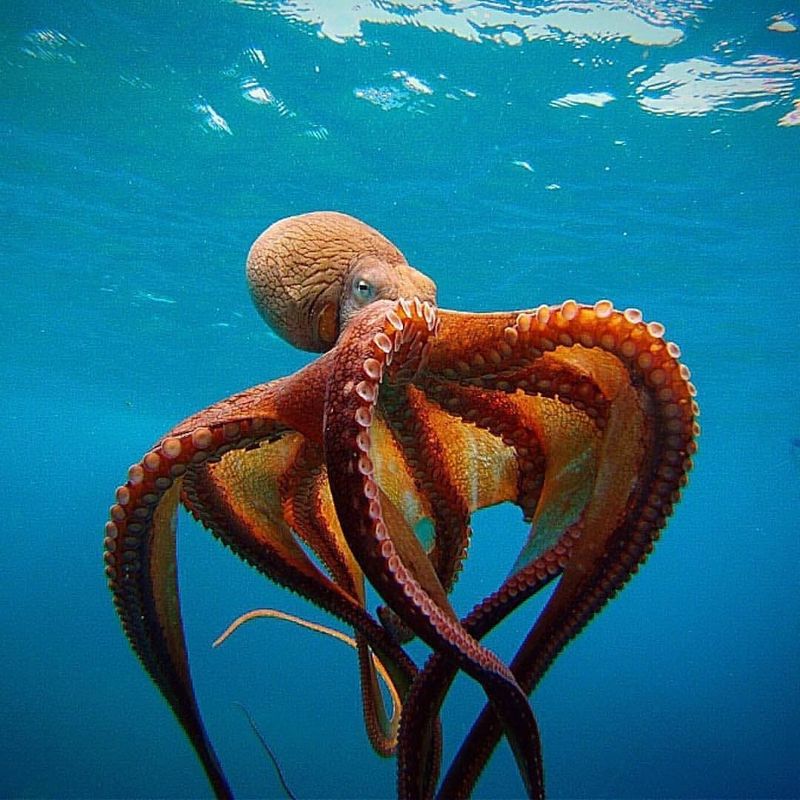
The portrayal of octopuses as monstrous sea creatures is a myth that overlooks their intelligence and adaptability. In reality, octopuses are highly intelligent mollusks with complex behaviors and problem-solving abilities.
They use their tentacles for exploration, have the ability to change color for communication, and exhibit unique hunting strategies. Their reputation as monsters may stem from their unusual appearance and behavior in myths and folklore.
Their reputation as monsters may stem from their unusual appearance and behavior in myths and folklore. But they’re more like underwater geniuses with a flair for the dramatic!

